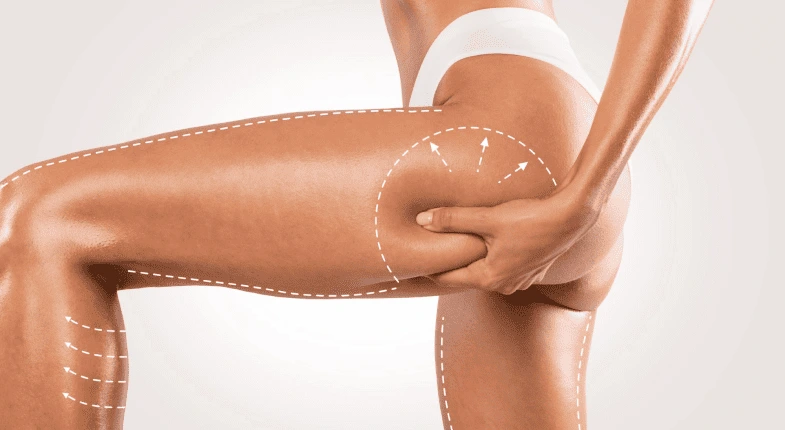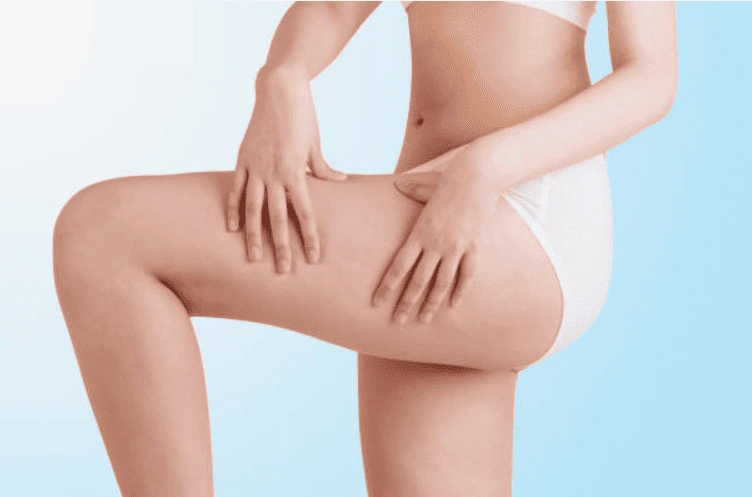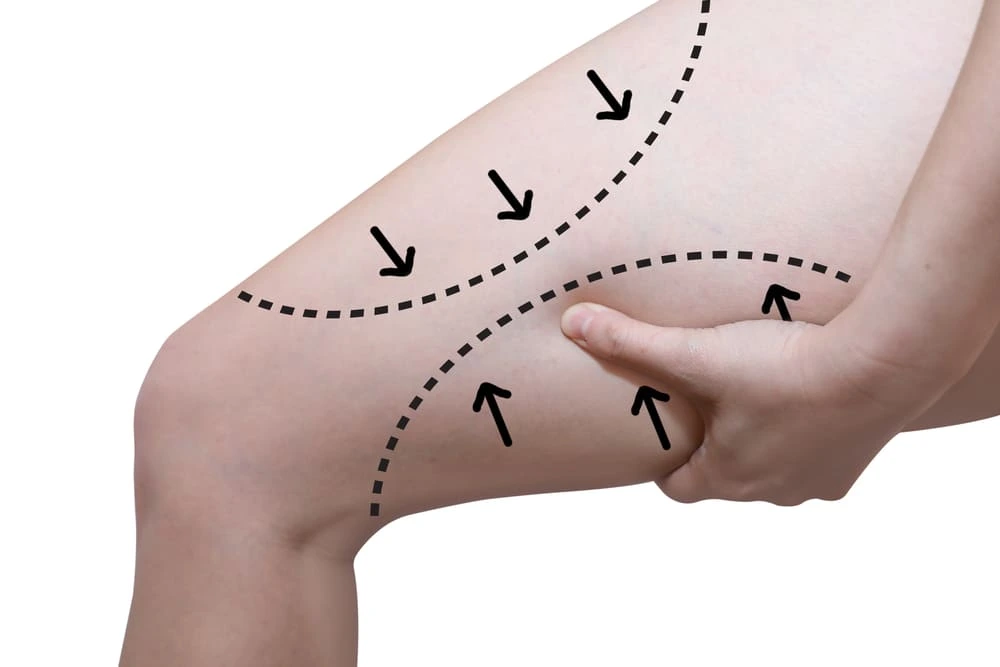The additional skin found around the thighs may seem like an unexpected obstacle after losing weight, aging issues or inheriting those stomach creases. Most feel incredibly uncomfortable in their own skin. If you’ve done the hard work of upping your health and improving your body, the thigh lift classification may be just what you need to help offer a “finished” look; with a little more tone and a measure of confidence.
The medial and vertical thigh lift are among the most common types and used for different circumstances and end results. Knowing the differences between the medial and vertical thigh lift classifications is very important in determining the better option depending on your body type and goals. In the following article we discuss the Medial vs Vertical Thigh Lift in order to help you make a decision that is informed and empowering.
What Is a Medial Thigh Lift?
A medial thigh lift is focused on the upper inner thigh, so it’s a great option for patients who have moderate skin laxity from weight loss or simply aging. The insertion point would be an incision usually hidden in the groin crease, so the result has a natural look with almost zero visible scarring while wearing clothing. It’s ideal for patients seeking a subtler thigh improvement without reshaping most of the thigh area. Recovery time as compared to other methods is generally short making it wearable for most patients. For patients considering the inner thigh lift in general, the medial approach is an optimal balance of effectiveness and concealment.

What Is a Vertical Thigh Lift?
A vertical thigh lift is a more complicated procedure intended to address severe sagging skin of the entire inner thigh (commonly found in patients after significant weight loss). A vertical thigh lift utilizes a vertical incision that runs from the groin to the knee, and because of this, more tissue can be removed to create a more substantial contour change. The patient will have a longer scar, but the result will be a firmer, tighter thigh compared to the standard thigh lifting procedure. If a patient wants considerable tightening and does not mind the longer incision, a vertical thigh lift is the best option.
read more: Thigh Lift Scars After 1 Year: What to Expect & How to Minimize Them
Medial vs Vertical Thigh Lift: Key Differences
Selecting a medial thigh lift, or a vertical thigh lift, can depend on how much excess skin you have, your body goals, and how much you’re willing to tolerate visible scarring. These two procedures aim to reshape the inner thighs, but they differ in scope, technique, and recovery. This will hopefully provide a straightforward comparison about the most significant differences, as well assist you with your decision:
| Feature | Medial Thigh Lift | Vertical Thigh Lift |
| Target Area | Upper inner thigh only | Inner thigh from groin to knee |
| Skin Laxity Treated | Mild to moderate | Moderate to severe |
|
Incision Location |
Groin crease | Groin to knee (inner thigh) |
| Scar Visibility | Hidden in natural fold | More visible, longer |
| Recovery Time | Quicker | Slightly longer |
| Best For | Mild aging-related sagging | Post-weight loss patients |
Here is a thigh lift comparison, which emphasizes how your choice for the medial vs vertical thigh lift depends on your own anatomy, as well as the degree of change you desire.
read more: Comprehensive Guide to Thigh Lift Cost in Turkey

Recovery and Results
Being realistic about what to expect for recovery can help facilitate a smoother recovery, and achieve practical goals. While both options create results patients can be thrilled with, their recovery will vary a little.
Here is a snapshot to clarify:
- Recovery time: patients will heal from a medial thigh lift in about 2–3 weeks, and a vertical thigh lift in about 3–4 weeks, depending on many different factors. Vertical thigh lifts are more extensive, so they typically necessitate a few more days of recovering.
- Post-operative care: bruising and swelling will occur with both types of thigh lifts. Utilizing compression garments is a critical post-operative care step to mitigate the swelling and subsequently promote healing.
- Scar healing: sadly, we will create scars. Scars will generally fade significantly, and become rather unnoticeable, over the course of 6 months to 12 months.
- Longevity of results: given a continued stable weight and exercised role in a healthy lifestyle, the results from either type of thigh lift can last quite long, and provide a great deal of satisfaction.
read more: Breast Fat Transfer in Istanbul – Benefits, Risks ,Costs & Real Results
Which One Should You Choose?
Whether a medial thigh lift or vertical thigh lift is more appropriate for you depends upon your anatomy, the condition of your skin, and your desired results. During your consultation, your surgeon will assess how much skin is excitable, how much fat will be removed, and how much reshaping you want.
A medial thigh lift will work for patients who only need a little bit of tightening in the thigh area, and a vertical thigh lift is for those who need to have a considerable amount of skin removed. Sometimes a combination of both surgical approaches could lead to the best outcome. This is important to have a surgical plan tailored to your anatomy and realistic expectations.
Still deciding when a medial vs vertical thigh lift is most appropriate? Let our board-certified plastic surgeons help you find the best approach to meet your goals. During your personalized consultation we will evaluate the condition of your skin, your body type, and desired outcome to best recommend the most effective and safest approach.
If your goals are for a subtle improvement or a complete transformation, we will support you through the process. Book your consultation now and take the first step to restoring your confidence.

